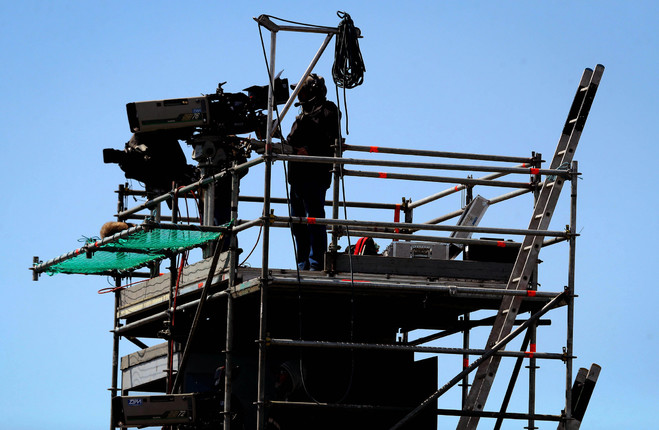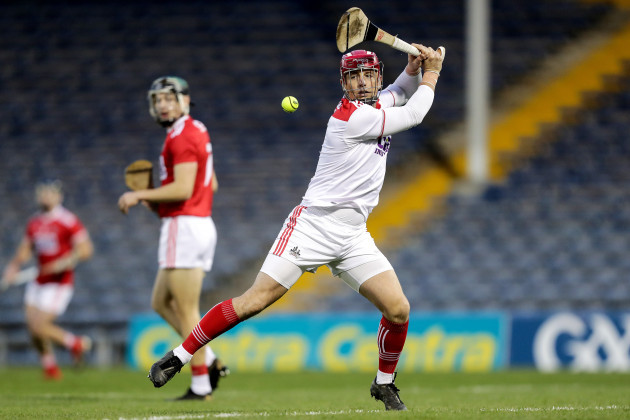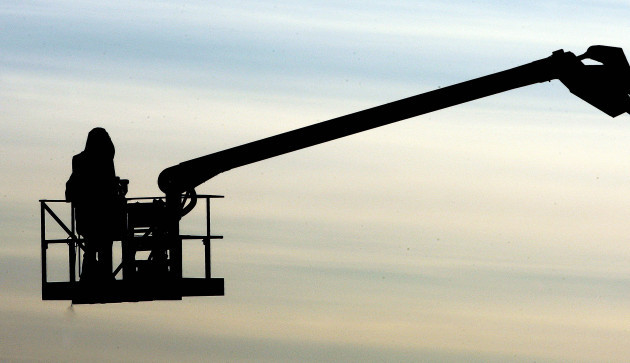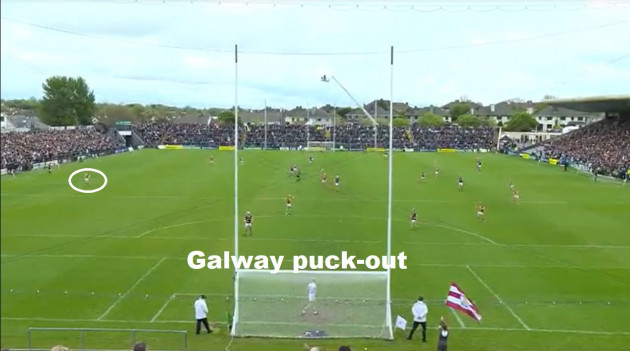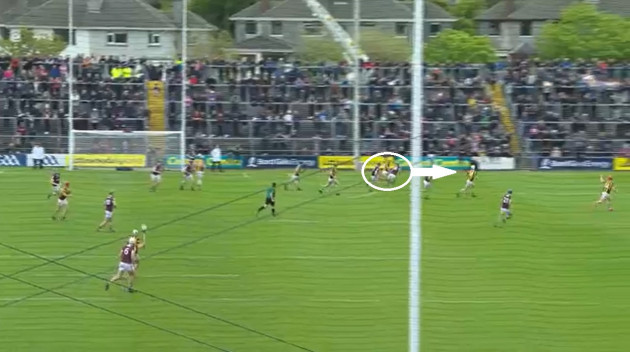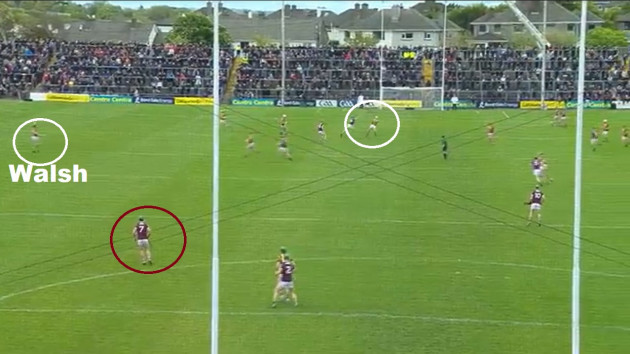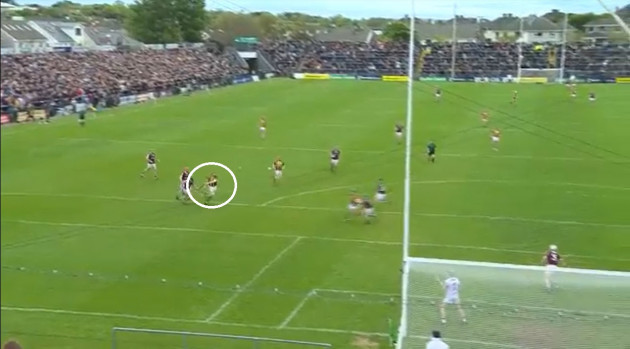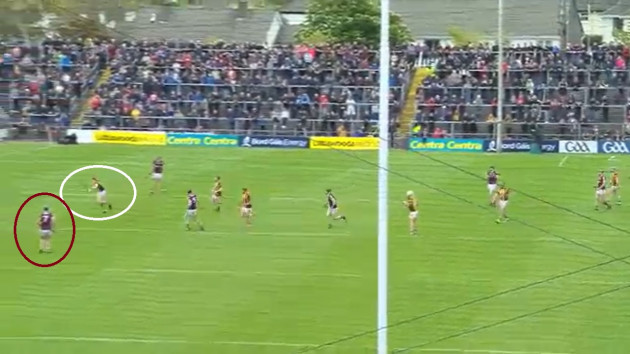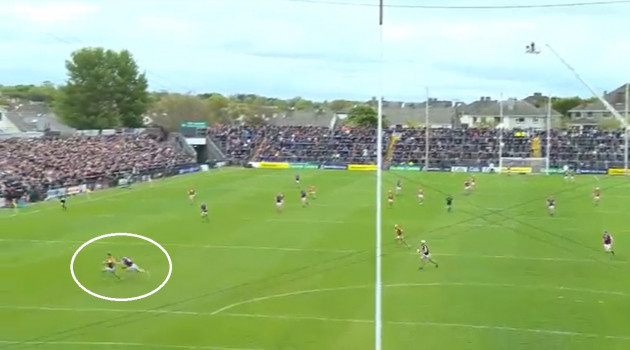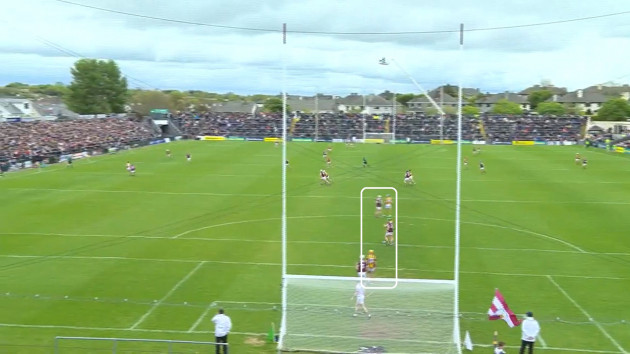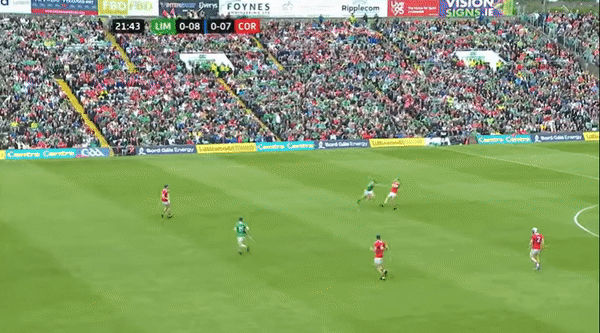LAST UPDATE | 6 May 2022
I WAS 16-years old when the invitation came from Wimbledon for a trial. Kenny Cunningham and a bunch of Irish boys were there on the senior team, the crazy gang as they were called. They were in the Premier League at the time and brought three of us over.
I was going as a goalkeeper. One of the other trialists was the same height as me. He played midfield. The third lad was a lot taller than both of us and preferred left-back.
Anyway, as soon as we got to the club the coach was there waiting for us. “You must be Anthony,” he said with a beaming smile.
Only he wasn’t looking at me. He was talking to the towering left-back. “Sorry, I’m actually Anthony,” I tried to clarify. The look on his face said more than words ever could. Whatever chance I had was gone. It didn’t matter how I played on that trip; I wasn’t tall enough.
It is something you are often conscious of, even in hurling. A goalkeeper doesn’t have to be tall, but it helps. Footwork and reactions are crucial. It can matter when it comes to the puck-out. Height is an advantage.
I love watching games back from the high-behind the goal camera. During my career, it was part of the weekly routine. There is no better view to see systems and space. What are the opposition’s positioning to defend long puck-outs? Where is there movement after the ball is hit?
In 2012, Donal Óg unfortunately ruptured his Achilles tendon and I got a chance. He was known for his attention to detail. I’d never played in Croke Park, not even underage. So before we played Galway in the All-Ireland semi-final, he brought me up to a football match in the capital and we sat high in the stand. He was talking me through various sequences, but my mind was elsewhere: ‘wow, look at these pockets of space. I’ll have no problem here!’
Then you get down there and it all disappears. You can see everything during the day, but championship hurling might as well be in the middle of the night. Talk about harder than it looks. I’m 5’9 on a good day, although friends like Paudie O’Sullivan will maintain it is more 5’8. Trying to see over these six-foot monsters is a challenge. Every one of them with their hurley raised high. The high view does no justice to pitch perception.
That camera was a blessing and curse. I had hassle with management a few times thanks to it. ‘Why didn’t you puck it here? Look at all that space.’ The answer was always the same, I didn’t see it. Sometimes that was my fault. For others, it was the angle or the bodies in the way. Reality is often different to how it looks on a screen.
Some teams are incredibly reliant on feedback from cameras. In 2018, we played the Hurling Super 11s in Fenway Park. As part of that, we got into Boston College to see their phenomenal facilities. They had cameras everywhere. An indoor full-size pitch and cameras behind the goal and all along the sideline. They could watch plays back during training. Run a play and then stop the session. Why weren’t you running there?
All the different angles are great and a wonderful resource. They just shouldn’t be used as an excuse to nit-pick. Context is key. What looks obvious in hindsight can be mysterious in the moment. The same is true for referees. They didn’t see the slowed-down version from various different angles. All they were afforded was a split-second decision in the midst of a helter-skelter game. Checkers versus chess.
As I’m sure podcast listeners noticed, the first few weeks have been Munster championship dominated. Rest assured, I’m delighted to be able to focus on Leinster this week. Watching Kilkenny and Galway back from up high was compelling. Not because you can see where teams or players went wrong. The benefit is that it quickly becomes obvious what they were trying to do.
It didn’t always work out on Sunday, but this is a gameplan transition. How many teams previously have you seen Kilkenny go back to their goalkeeper? Last week there was Paddy Deegan, turning his back and trying to retain possession. That is the right thing to do. Kilkenny are on the right path.
There is a very simple reason teams can’t rely solely on direct ball anymore. If you keep going long, you actually give the opposition a platform. Sit back, protect the D, break and clean up ball. Take your scores. Punish naivety.
Kilkenny send Walter Walsh back the field to work like a dog. If they win the ball back and go long, Fintan Burke or Pádraic Mannion are sitting near the D.
All the full-back line need to do is break the ball and their protection sweeps it up. Then they have an overlap to build forward. Keep firing the ball long? You might as well shoot yourself in the foot.
In 2017, Pat Ryan, a brilliant coach, developed this puck-out plan for us. We were going shorter and lower. He always stressed why we were doing it. It was about forcing the opposition’s defenders to press up. If we went direct from the off against Tipperary, Pádraic Maher would have a field day.
If we worked it through the lines and allowed our half-forwards to withdraw, eventually we could force their half-backs to come out. Then the long ball is on for the inside line. You go short to go long.
Early in the game, Galway had a puck-out. Note Padraig Walsh (circled) withdrawing back the field.
Paddy Deegan won the break. Rather than go long, he worked it sideways.
Kilkenny go wide and then back through the middle. Walter Walsh finds an ocean of space deep near the sideline. Note Fintan Burke’s positioning, protecting the D.
Walsh can now drive into all that space. He carried all the way to the 21-metre line, before laying off to Eoin Cody for a point.
A well-worked through the lines score. Eight players involved, ten passes.
So what happened next? Kilkenny had worked it short, earning the right to go long.
The next time Walter Walsh won the ball in a similar position, Burke pushed up right beside him.
This time Walsh can’t carry forward, but he can drive it long. He does deep to Eoin Cody in space. It ends with a goal.
Thanks to the behind the goal camera, we can see Kilkenny line up with their front three in a straight line on their own puck-out. If you can force the Galway half-back line to press up, it leaves an ocean of space to play the pass.
That’s the gamble. Kilkenny aim for Walter Walsh out wide. If he wins it clean, he has space to play the second ball or can take the score himself. But Galway know it is coming, so they send runners scurrying across to cover the break.
This only works with a ferociously hard-working inside forward, running over and back again and again. In 2019, Alan Cadogan did so much of that hard side-to-side running for us that he ended up toppling over the advertising hoarding and into the stand in the Gaelic Grounds.
I remember we got some laughs out of the jokes on Twitter about that.
Her: come over.
Alan: I can’t. I’m playing in the Munster championship.
Her: My parents aren’t home.
Alan:
Thankfully, hurling currently has a golden generation of purebred inside forwards. Eoin Cody and Conor Whelan are able and willing to make that run all day.
Kilkenny’s theory was right, their mistakes came in execution but that is understandable. These things take time. Limerick’s system is near perfect. At the same time, they are the best in the country because they have the best players. Fewer mistakes.
As for Galway, they seem a team that the county can really get behind and take pride in. I was in Wexford Park on sideline reporting duty and left feeling more upbeat about their future prospects. Henry Shefflin was right in front of me, and all day long he was gently encouraging wing-forward Cianan Fahy. “Up and down. Go again. Keep working!”
That is what he is emphasising. Their KPIs are most likely around work rate and honesty. While Fahy had a mixed day out that day, he emptied himself. Fast forward to last Sunday and who was it working up the field and intercepting the ball for Galway’s goal?
It comes down to how we measure a player. Graeme Mulcahy wasn’t one of Cork’s main torturers on the ball in the first round of the Munster championship. Yet it was noticeable that John Kiely celebrates and values him. He did his role perfectly in terms of tackling and forcing turnovers. His performance is based on a particular plan with a predefined role.
The camera can tell you one part, but not all, of the story.
